Vaccine equity remains elusive as vaccination rates for people of color still lag
Despite working in health care, Vince Ford was wary of the COVID-19 shot.
Months of following the research and development of the vaccine – and realizing without it, holidays with his out-of-state kids wouldn’t happen – moved the needle.
Now, during COVID-19 vaccine education sessions, Ford remembers his own skepticism of the shot to relate to people in his community and address their concerns.
Ford is senior vice president of Community Health Services at Prisma Health in South Carolina, where Black residents like him make up more than a quarter of the population, but only 19% of vaccinations, according to a recent Kaiser Family Foundation analysis. In contrast, white residents make up 67% of the population and 64% of those vaccinated, state data as of April 28 shows.
Five months into America's unprecedented vaccination effort, the trend is holding across much of the nation, as white people continue to be vaccinated at faster rates than Black and Hispanic people in most states.
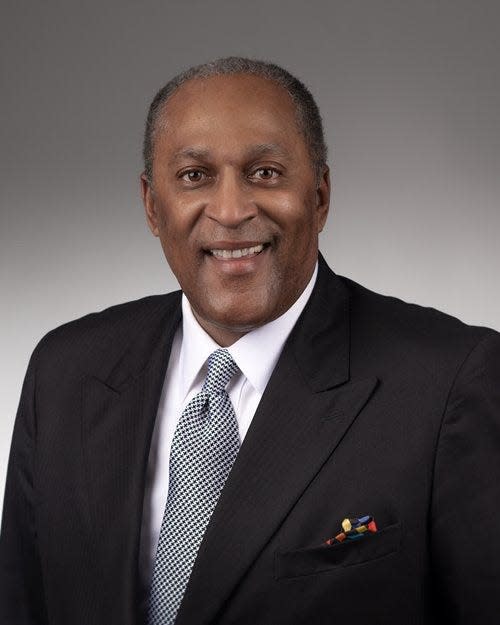
Hispanics make up only 12% of COVID-19 vaccinations but 17% of the U.S. population, according to data from the Centers for Disease Control and Prevention as of Wednesday. Similarly, 8.8% of those who have received at least one dose are Black, but Black people make up more than 12% of the population.
In another analysis, Kaiser Family Foundation found that among 43 states, white people are vaccinated at 1.6 times the rate of Black people and 1.5 times higher than the rate of Hispanic people.
“If we mean equity, and if we mean vaccine for all and justice for all, then there’s still a lot more that we need to do," said Harald Schmidt, an assistant professor of medical ethics and health policy at University of Pennsylvania, who writes on vaccine rationing and social vulnerability.
Grassroots efforts are underway, and the Biden administration has poured $10 billion into a national vaccine equity plan. But as the disparity holds, health practitioners and local leaders say hesitancy and access remain major barriers for communities of color, who have suffered disproportionate rates of COVID-19 hospitalization and deaths.
“Part of it is the pre-existing access barriers. We can disseminate as quickly as we can. But you can’t fix a structural issue overnight,” said Lisa Cacari Stone, a professor at University of New Mexico College of Population Health and director of the Transdisciplinary Research, Equity and Engagement Center.
Along with the Center for Native American Health and the Center for Participatory Research, Cacari Stone is researching COVID-19 vaccine barriers through a National Institutes of Health community engagement grant. The effort is focusing on LGBTQ communities of color and Black urban people, as well as Indigenous and Hispanic people in New Mexico. Hispanics make up 49% of the state's total population and more than half of COVID-19 cases, but only 40% of vaccinations.
Her team is trying to understand the different access disparities between rural and urban Native and Hispanic people to inform NIH on uptake barriers. The team also is studying how historical abuses have cultivated mistrust.
“It’s different explanations for different populations – and that’s what we want to look at,” Cacari Stone said. “There’s not one answer.”
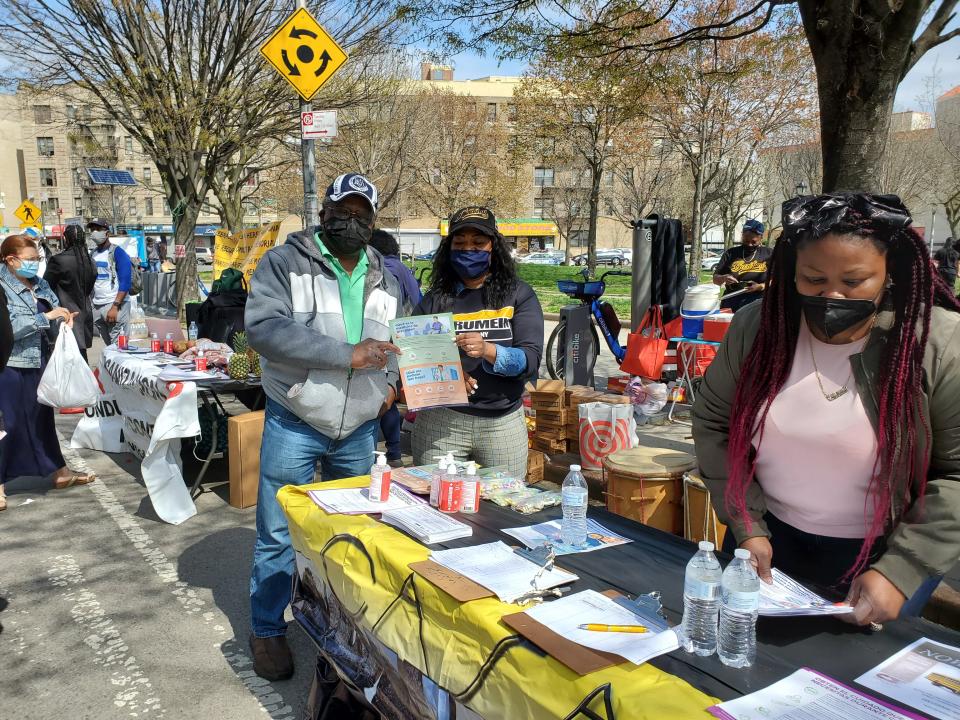
Many barriers still remain
That spectrum of challenges was stark during a Tuesday virtual panel discussion that gathered leaders from 13 Latin American immigrant wellness and engagement groups across the nation.
Despite ongoing efforts and attention to the vaccine distribution inequity problem, a variety of obstacles remain – from language barriers to transportation difficulties.
Critical to better outreach is tailoring vaccine education to specific Latin American groups, such as Central and South American immigrants who speak indigenous languages, several leaders emphasized.
“It is hard,” said Alianza Americas CEO Oscar Chacon. “Because we are still getting leaders in our society (to know) about the cultural diversity that characterizes communities of Latin American origin … We are devoting significant resources to make all materials available to them in their own languages, beyond Spanish.”
Some expressed increased hesitancy among their members because of the recent pause on the Johnson & Johnson COVID-19 vaccine. Others who are undocumented are afraid their immigration status will be revealed to authorities if they get vaccinated and have to present identification.
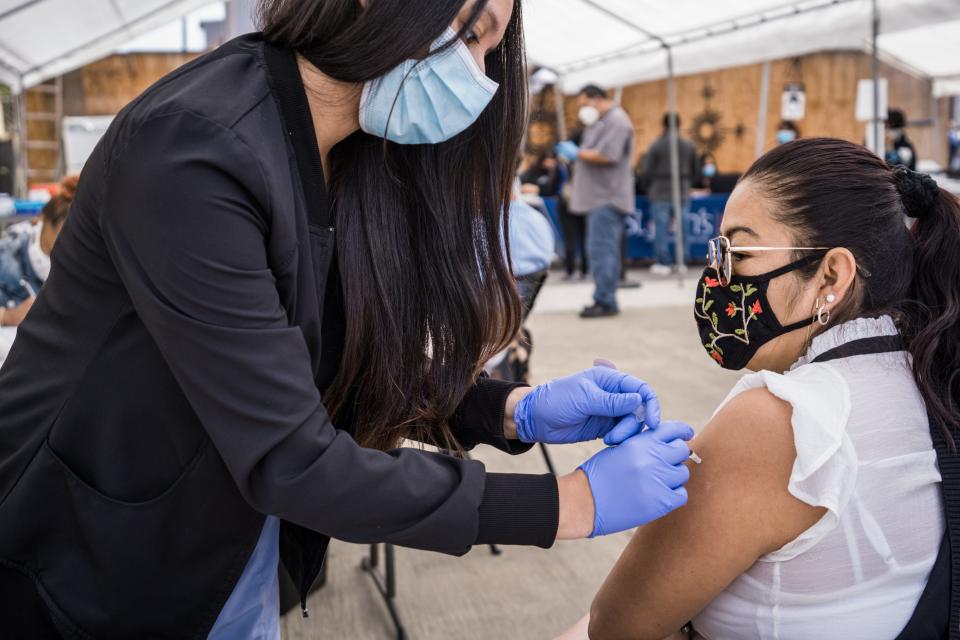
More: The nation's food supply depends on farmworkers. Why are so many still unvaccinated?
To reach rural communities of color, many groups are turning to mobile units to eliminate transportation trouble.
“In our case, out of our 11 mobile units, six of them are providing vaccinations directly to the community and they are doing so through partnerships with local hospitals or with their local ministries … Many of them are focusing their efforts on farmers in Arizona,” Juanita Lara, who leads a mobile health project with the U.S.-Mexico Border Commission, said through a translator. “But we still have a lot of work in front of us. We are just starting.”
Another issue is timing of vaccine clinics. "Let's recognize that our community works during the times that the vaccinations are happening," Leticia Casildo of New Orleans’ Familias Unidas en Accion said through a translator. People of color make up a significant proportion of essential workers, who often struggle taking time off to get the shot.
It’s for reasons like those, experts say, health systems must include input from people of color when developing COVID-19 vaccine campaigns.
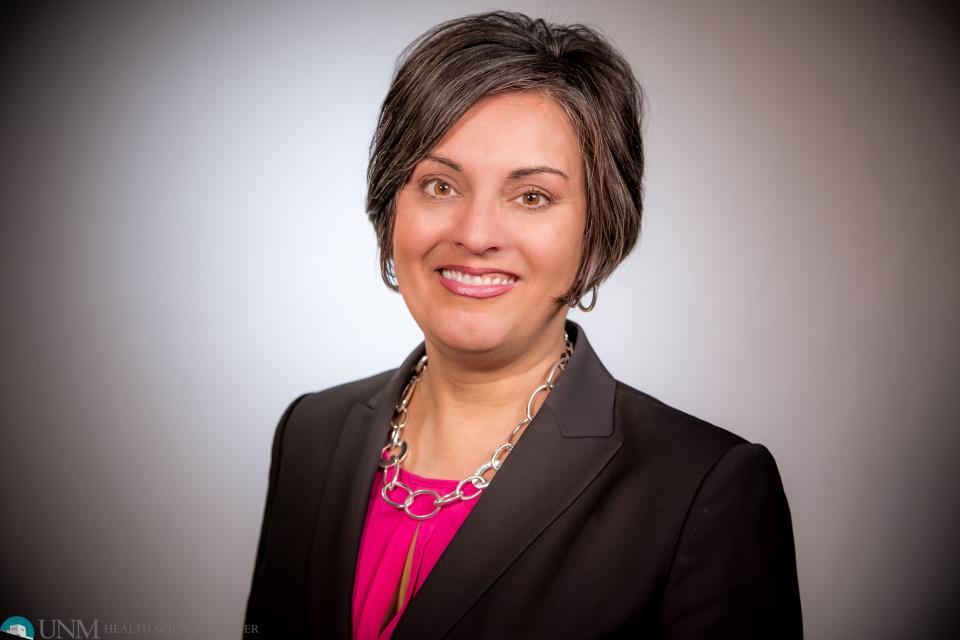
“It’s not just a transactional event. It’s a relational experience. We have to root the efforts around vaccine and relationship,” Cacari Stone said.
CommuniVax, a COVID-19 vaccine equity coalition with teams in five states – Maryland, Virginia, Alabama, Idaho and California, – is working to identify effective ways to improve vaccine campaigns within Black and Latino populations. For example, the group found door-to-door outreach in Latino communities resulted in higher vaccine uptake.
"As we're shifting from a mass vaccination model to a more diversified model that creates convenience, and also cultural competence within the vaccine campaign, there should be better uptake. And there is better uptake in communities that have done that," said CommuniVax co-chair Monica Schoch-Spanas, a medical anthropologist and senior scientist at the Center for Health Security.
Now, she said, the question is: "What about folks that are still on the fence? How do we create an easy-to-get vaccine that makes sense to people in their own terms?"
Schoch-Spanas noted some CommuniVax sites have found Black men more hesitant than Black women to receive the vaccine.
"These communities are not homogenous," she said. "The big take away is that we have to have more community-informed tailored outreach and engagement that speaks to a variety of people."
Deep-seated distrust
Dr. Pamela Oliver, an obstetrician and executive vice president at North Carolina hospital system Novant Health, recently helped schedule a vaccine for a family friend.
Oliver said when the elderly Black woman arrived at the vaccine clinic in a church close to home, she was ambivalent. She asked nurses if she was getting the “best” shot.
"It highlights a level of distrust that is worrisome ... almost that there is a different syringe that we're using for the CEO of our company versus the syringe that I'm giving the people in the community," Oliver said.
Oliver noted she also sees skepticism among health care workers at Novant. Physicians and nurse practitioners seem to have higher vaccine uptake, but among entry-level workers there's a "huge fall off" in vaccination rates.
"We've even, as a health care institution, had to address, had to understand those nuances within our own teams," she said.
FEMA-run mass vaccination sites were helpful early on, when Novant didn't have enough supply to satisfy demand, Oliver said. But now, supply is no longer the issue. Instead it’s engagement, education and easing access, she explained.
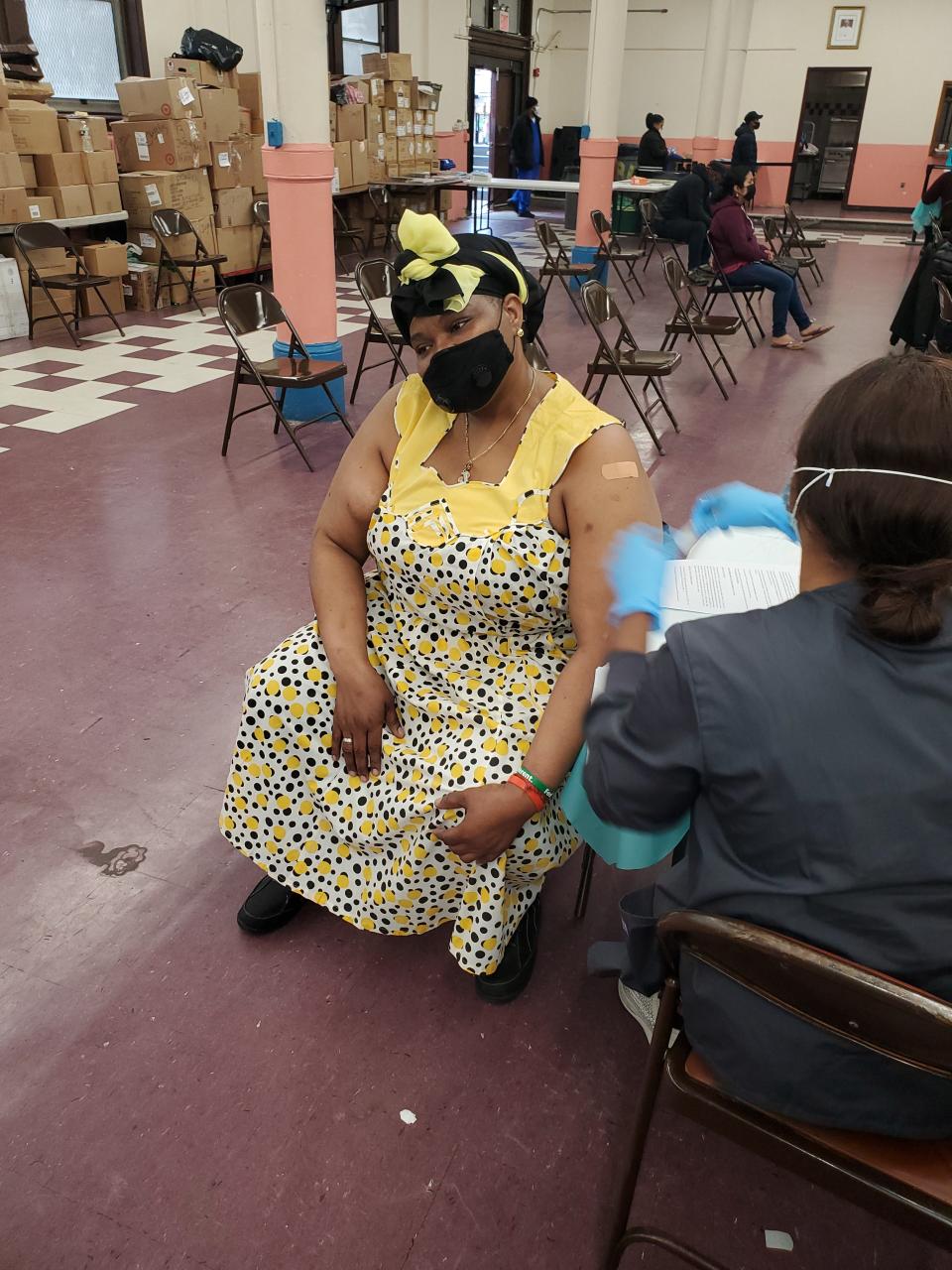
More: States prepare for long grind as demand for COVID-19 vaccinations in US slows
"We have plenty of vaccine," Oliver said. "Now, it's more of that engagement at a level where it makes it easy for people to get it."
Last week, Novant Health began setting up mobile vaccine units in vulnerable zip codes for walk-up appointments. People of color made up nearly 67% of vaccine recipients at Novant's pop-up sites, which range from churches, housing projects and senior centers.
Back at South Carolina's Prisma Health, Vince Ford said he's been hearing the same deep-seated medical mistrust from community members. He recalled one question: "Are we getting the same vaccines as our white or other counterparts?"
In the largely rural state, where access to health care has long been a barrier, reaching and educating those living in remote areas is a priority, he said.
"We literally have to go down street by street and block by block. We have to develop a strategy for persons who can't leave the home," he said. "We have to go knock on doors, eliminate access, convince them to take it."
More:
Reach Nada Hassanein at nhassanein@usatoday.com or on Twitter @nhassanein_.
This article originally appeared on USA TODAY: Vaccine equity: racial divide in vaccination rates continues in US

 Yahoo Movies
Yahoo Movies 